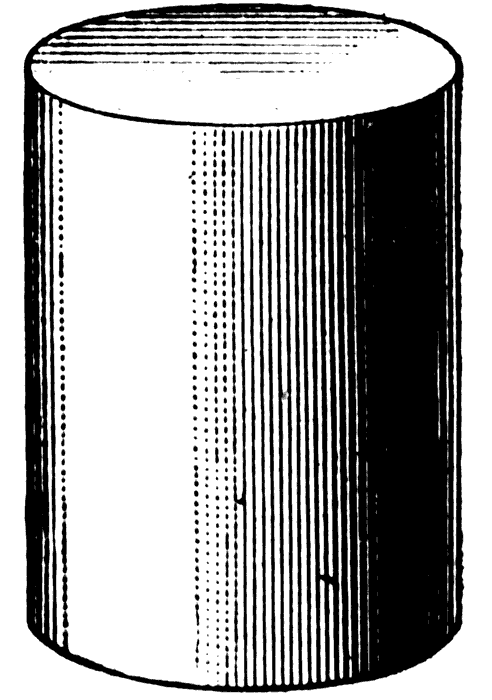|
|
LITR 5431
Literary & Historical Utopias
|
|
Patrick Graham
29 March 2019
Feminists Make Utopian Fiction
Relevant Again
In my
midterm, I wrote about the specific narrative techniques that are common in
utopian fiction. When I started research for this post, I planned to continue
that topic. However, as it often does, my research led me in a different
direction. As a searched for more information about narration in utopian works,
I learned that such techniques became so common, even redundant, that the genre
lost its value. Then, I learned about the techniques that certain female authors
of utopian fiction use and how that has given the genre a new life.
Utopian narratives have taken many forms and styles
through the years, but their goal—to cultivate ideas for societal
progress—remains the same. Some of the earliest utopian narratives told stories
of fanciful times and lands of pleasure. These stories offered readers an escape
from their less than ideal lives (Ženko 69). While their purpose may have been
to entertain, their ideal society fantasies introduced the idea of criticizing
our own societies. This idea grew with time, and so did the utopian genre. The
next stage of utopian evolution was when utopian narratives aimed to put forth
prescriptive ideas of how people can make their societies better (Ženko 71).
This type of narrative is known as the “political utopia,” as its primary theme
deals with how groups of people are governed. As this trend continued, utopian
narratives got more satirical and hence more symbolic in (Ženko 71). Earlier
utopian works that intended to inform and instruct their readers depicted
societies of realistic people and conditions. In the later satirical ones, the
images, characters and conditions were exaggerated. The reason for writing this
way was “not to give a proper answer…but to open space for a discussion and
ultimately to enable a positive…change” (Ženko 71–72). The outrageous nature of
the satirical utopian narratives aimed to catch the readers’ attention and
challenge their views on the status quo.
Sadly,
utopian narratives did not keep evolving at such an explosive pace. On the
contrary, they stagnated. Scholar Gorman Beauchamp argues that, today, “The
narrative mode of the utopists…[has become] remarkably constant” (Beauchamp 88).
In other words, despite the genre’s variety mentioned earlier, all utopian
narratives take the same story structure and characterization. Beauchamp
explains this constancy: utopian stories “are…reduced to guided tours of
paradise” (Beauchamp 95). After studying various titles of utopian fiction,
Beauchamp concluded that they all tell the story of a person visiting an ideal
society and being shown around it by a resident of that society. This bores the
reader; it lacks the intrigue and excitement of a novel. Beauchamp argues that
those elements of the novel are what make readers open to new ideas. So, “the
dilemma of utopian narration…[is] that the medium works against the message”
(Beauchamp 87). Utopian narratives have become so repetitive and dry that they
can no longer effectively contribute to the conversation of ideas. Like a car
that has run its wheels off, the genre can no longer perform its original
function.
In recent
decades, the genre of utopian fiction came out of stagnation through the works
of female authors who use its conventions in creative ways to promote feminist
ideas. While keeping the same form and structure of the utopian narrative, these
authors make changes within the genre. For instance, in an analysis of Ursula K.
LeGuin’s The Left Hand of Darkness,
scholar Rebecca Adams noticed that LeGuin used an image of milk to elaborate a
creation myth, while many other utopian authors have used images of blood. Le
Guin’s choice “suggests that the…regeneration of culture…might be re-visioned
not as a violent cycle of life…rising out of death, but [as] the gradual and
sustained development of a child who receives life from its mother’s life”
(Adams 38). Here, LeGuin has used a trope of literature—imagery and symbolism—in
an original way to share her ideas through her utopian narrative. It is a small
but effective change. In other instances, female authors—LeGuin included—have
made use of the conventions of other genres in their utopian narratives to
augment their particular agendas. After much study, scholar Virginia Tiger
noticed that “feminists and feminocentric novelists…have adopted the fantastical
mode…because it permits…fluid rather than static gender relations” (Tiger).
Tiger suggests that a common goal among these authors was to comment on
relations between the male and female genders in society. These authors were
able to do that in their works by incorporating fantasy, which gives any author
carte blanche over their fictitious societies. So, while adhering to the rigid
structure of utopia while tweaking its components, women have succeeded in
bringing relevancy back to the genre.
Utopian
fiction was the genre of choice in the literature of ideas for many years. This
popularity led to a high volume of work in the genre but a decline in its
variety and efficacy. It was not until women started contributing to it—in
unique ways and from their unique points of views—that it started to regain
traction. What is true for utopian narratives is also true in life: people can
make changes to outdated, outmoded systems by operating from within them.
Works Cited
Adams, Rebecca. “Narrative Voice and Unimaginability of
the Utopian ‘Feminine’ in Le Guin’s The
Left
Hand of Darkness and ‘The Ones Who Walk Away From Omelas.’”
Utopian Studies. 2.1/2
(1991):
35–44. Art & Architecture Source. Web.
Beauchamp, Gorman. “The Medium Against the Message: The
Dilemma of Utopian Narration.”
Humanitas
(Journal of the National Humanities
Institute). 30.1–2 (2017): 86–97. Philosophers
Index with Full Text. Web.
Tiger, Virginia. “‘The Words Had Been Right and
Necessary:’ Doris Lessing’s Transformations of Utopian
and Dystopian Modalities in The
Marriages between Zones Three, Four and Five.”
Style. 27
(1993): 63–80. EBSCOHost. Web.
Ženko, Ernest. “Mapping the Unmappable: Dichotomies of
Utopianism.” Filozofski Vestnik. 38:1
(2017): 67–87.
Philosophers Index with Full Text. Web.




